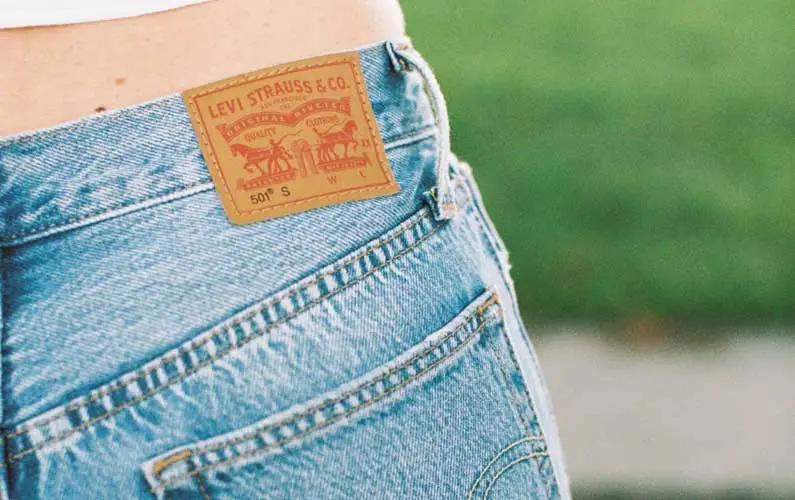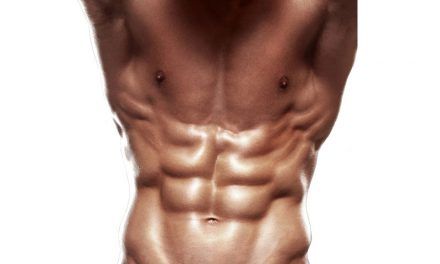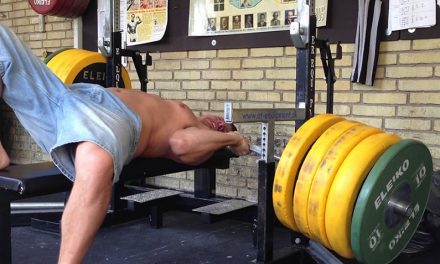
How to Get Rid of Hip Dips
Hip Dips…everyone has them.
They’re natural.
Some are just more pronounced than others.
Hip Dips……What are They?
It goes by several names: “violin hips,” “trochanteric depressions,” “high-hip dips,” or just “plain hip dips”.
They’re the inward curves that occur on the outside of the hips, just above the thighs.
Some people mistakenly assume hip dips are gender exclusive.
Well, they aren’t.
Men have them as well but they’re just more noticeable on women due to their wider hips and fat distribution.
Unfortunately, there is no way to completely eliminate hip dips.
However, there are some exercises and body contouring techniques that can help to minimize their appearance.
Exercise
Exercises are the most important and effective way to reduce the appearance of hip dips.
Specifically, glute exercises.
By developing muscles around your glutes, hips, and upper legs, you’ll be able to tone the area and “fill in” the dip.
One study reveals some of the most effective exercises for your glutes.
Here’s a result of the study:
Gluteus Maximus Activation for All Exercise Variations
 >
>A more detailed list of some of the exercises is here:
Step Ups:
Step Ups are the king of glute exercises.
They are also a great way to improve balance and coordination.
If you’re looking to develop roundness in your derriere, these will do it.
Step-ups are an effective lower body exercise when incorporated into a well-rounded workout routine.
They primarily target the muscles of the lower body, including the quadriceps, hamstrings, glutes, and calves and also engage the muscles responsible for hip stabilization and balance.
To do a step-up, you will need a sturdy step or bench that is about knee-height.
- Stand facing the step with your feet hip-width apart.
- Step up onto the step with one leg, keeping your other leg straight behind you.
- Push off with your front leg to step back down to the floor.
- Repeat on the other side.
You can make step-ups more challenging by using a higher step or by holding weights in your hands.
You can also add variety by doing step-ups with alternating legs or by doing lateral step-ups.
Here are some tips for doing step-ups safely and effectively:
- Use a step that is the right height for you. If the step is too high, you may put too much stress on your knees. If the step is too low, you may not get a good workout.
- Keep your core engaged throughout the exercise. This will help to protect your back.
- Step up and down slowly and controlled. Don’t rush the exercise.
- Listen to your body and take a break if you need to.
If you are new to step-ups, start with a few sets of 10-12 repetitions per leg.
As you get stronger, you can increase the number of sets and repetitions.
Hex Bar Deadlifts:
This type of deadlift is highly effective.
It’s similar to the traditional deadlift in that it involves lifting a weighted bar from the ground to the standing position.
However, the hex bar is wider than a traditional barbell, which allows you to keep your back more upright during the lift.
This makes hex bar deadlifts a good option for people who have back pain or who are new to deadlifts.
They’re a great option for people who want to work the same muscles as the traditional deadlift.
Hex bar deadlifts work the same muscles as traditional deadlifts, including:
- Quadriceps
- Hamstrings
- Glutes
- Lower back
- Core
Here are some tips for doing hex bar deadlifts safely and effectively:
- Stand with your feet shoulder-width apart and the hex bar in front of you.
- Bend your knees and grab the handles of the hex bar with an overhand grip.
- Keep your back straight and your core engaged as you lift the hex bar up.
- Stand up straight and lock out your knees.
- Slowly lower the hex bar back to the ground.
You can make hex bar deadlifts more challenging by using a heavier weight or by increasing the number of repetitions.
If you are new to hex bar deadlifts, start with a weight that is challenging but comfortable.
As you get stronger, you can increase the weight.
Barbell Hip Thrusts:
Barbell hip thrusts are a compound exercise that works your glutes, core, hamstrings, and quadriceps.
They are a great way to build strength and power in your lower body.
To do a barbell hip thrust, you will need a barbell and weights. You can also use a resistance band or a cable machine.
- Lie on your back on a bench with your knees bent and your feet flat on the floor.
- Place the barbell across your hips and secure it with your hands.
- Brace your core and squeeze your glutes.
- Push your hips up until your body forms a straight line from your knees to your shoulders.
- Lower your hips back down slowly and controlled.
Barbell Hip Thrusts are safe but like all other weight exercises, there’s always a potential for injury.
Here are some tips for doing barbell hip thrusts safely:
- Use a weight that is challenging but not too heavy.
- Keep your back flat against the bench throughout the exercise.
- Brace your core and squeeze your glutes at the top of the movement.
- Lower your hips slowly and controlled.
- Do not arch your back.
One caveat to this exercise is that it does require a barbell with weights so if you need an alternative, try Hip Bridges (next exercise listed).
Hip Bridges:
Hip bridges, also known as glute bridges, are a popular and effective exercise that targets the glutes (butt muscles) and the lower back.
They are, essentially, the same as Barbell Hip Thrusts…. only without the barbell but you have the option to use weights for added resistance.
Like Hip Thrusts, they help strengthen and tone the gluteal muscles while also engaging the hamstrings and core muscles.
Hip bridges are straightforward and can be performed by people of various fitness levels at virtually any location.
Squats:
Squats are a compound exercise that primarily target the muscles of the lower body, including the quadriceps, hamstrings, and glutes.
While squats are not specifically designed to address hip dips, they can still contribute to enhancing the overall appearance of the hips and buttocks by strengthening the muscles around the hips, including the gluteus medius, gluteus minimus, and tensor fasciae latae (TFL).
Building muscle is key here. You can use your body weight but you’ll want to use some weights for greater muscle development.
Consider Olympic weights, dumbbells, or kettlebells to make this exercise effective.
Lunges:
Lunges are a great exercise for strengthening the muscles around the hips and thighs.
By targeting the glutes, hamstrings, quads, and abductors, you can reduce the appearance of hip dips.
You can do these exercises as part of a regular workout routine, or you can do them as a standalone workout.
If you are new to exercise, it is important to start slowly and gradually increase the intensity of your workouts as you get stronger.
You should also make sure to listen to your body and stop if you feel any pain.
Remember, Hip Dips are Normal
It is important to remember that hip dips are a normal part of the human body and there is no need to feel self-conscious about them.
However, if you do want to reduce their appearance, the exercises and tips listed above can help.
Here are some additional tips for reducing the appearance of hip dips:
Focus on compound exercises like some of the ones mentioned: Compound exercises work multiple muscle groups at once, which can help to build muscle and definition in the hip area.
Increase the weights. Your goal is to develop muscle. In order to do so, you need resistance. The more the better so don’t stay with light weights.
Go heavy.
Use resistance bands. If you can’t or don’t have free weights, try resistance bands.
They can help to target specific muscle groups, which can be helpful for reducing the appearance of hip dips.
Do your exercises regularly: The more you exercise, the more muscle you will build and the more toned your body will become.
Aim to do strength training exercises 3-4 times per week.
Be patient: It takes time to see results from exercise, so be patient and consistent with your workouts.
I hope this helps!





